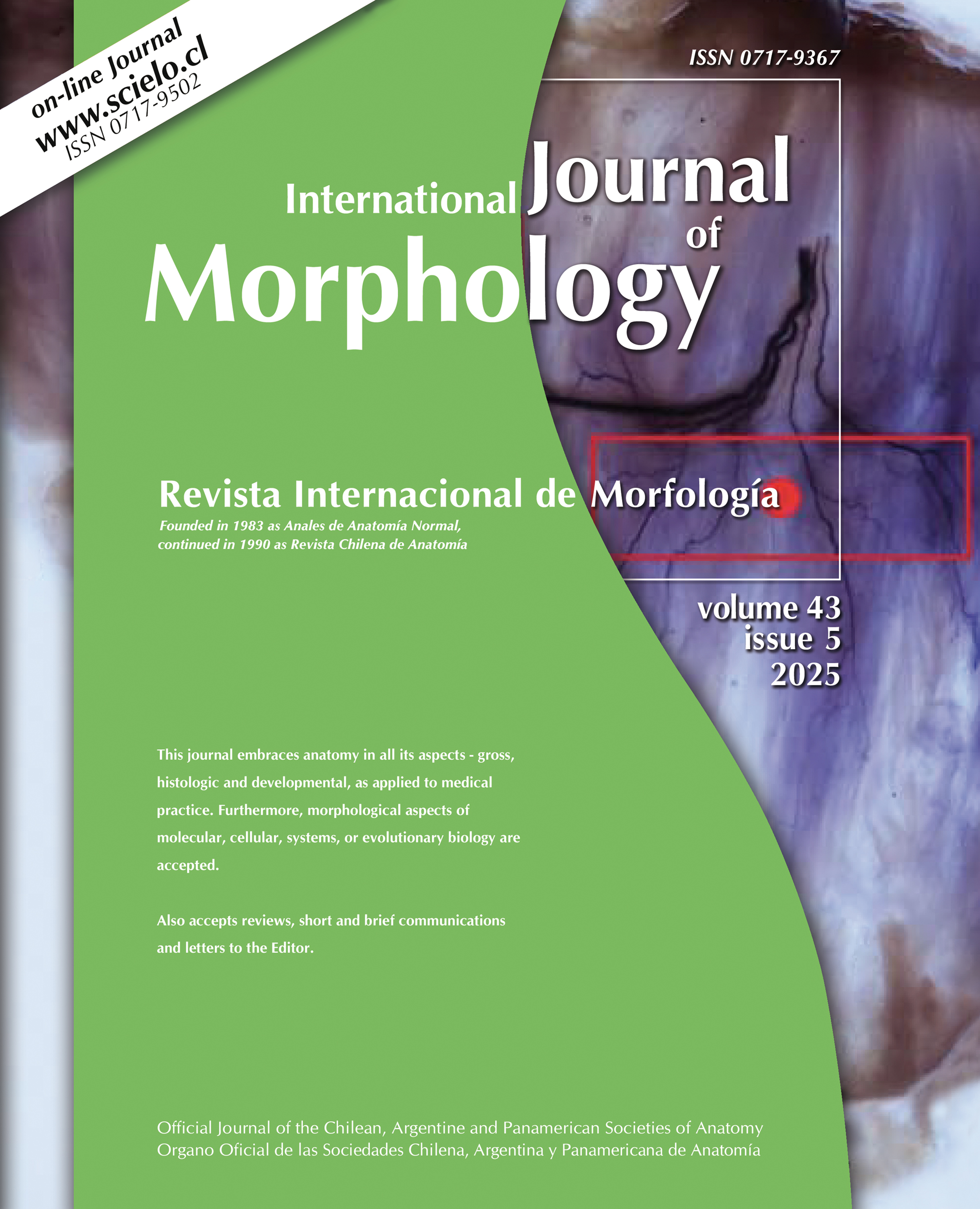Sex Determination by Two-Dimensional Photographs of Cuboid Bone Based on Deep Learning Classification in a Thai Population
Pittayarat Intasuwan; Kanchanok Tevavichulada; Natthanit Muramun; Laksika Suksawat; Wimolnat Nontrasiri; Sukon Prasitwattanaseree & Pasuk Mahakkanukrauh
Summary
Sex determination is one of the most essential steps for creating a biological profile of human skeletal remains in forensic and physical anthropology. The os coxae is the most efficient bone for sex determination. Since the os coxae, or skull, is not always present, the tarsal bones, which preserve well, serve as excellent candidates for sex determination. The cuboid is an interesting tarsal bone for sex determination, preserved well from a natural taphonomy environment. Deep learning techniques showed outstanding performance for tasks such as detection and classification based on vast amounts of unlabeled or labeled data. This study aimed to search for the performance of CNN to increase a reliable tool of sex determination using cuboids based on deep learning techniques in a Thai population. The samples comprised 352 individuals divided into 302 individuals for a training dataset (156 individuals or 257 bones for females, 146 individuals or 256 bones for males) and 50 individuals for a test dataset (25 females, 25 males). All cuboids were taken by the digital camera consisting of six views: dorsal (superior) view, plantar (inferior) view, lateral view, medial view, distal view (metatarsal facet), and proximal view (calcaneal facet). We adjusted the pre-trained GoogLeNet model for classifying sex by 2D images of cuboids in each view. The results showed that the proximal view (calcaneal facet) achieved the highest validation accuracy with 87.01 % and test accuracy with 78 %. Our study demonstrated that the pre-trained GoogLeNet model performed the effective method with the limitation of small datasets. Moreover, our technique could perform as an alternative for the rapid, comfortable, and objective tool of sex determination using the human skeletons in a Thai population used in law enforcement and the forensic anthropological field. KEY WORDS: sex determination, deep learning, GoogLeNet, cuboid, forensic anthropology
How to cite this article
INTASUWAN, P.; TEVAVICHULADA, K.; MURAMUN, M.; SUKSAWAT, L.; NONTRASIRI, W.; PRASITWATTANASEREE, S. & MAHAKKANUKRAUH, P. Sex determination by two-dimensional photographs of cuboid bone based on deep learning classification in a Thai population. Int. J. Morphol., 43(2):675-682, 2025.





























